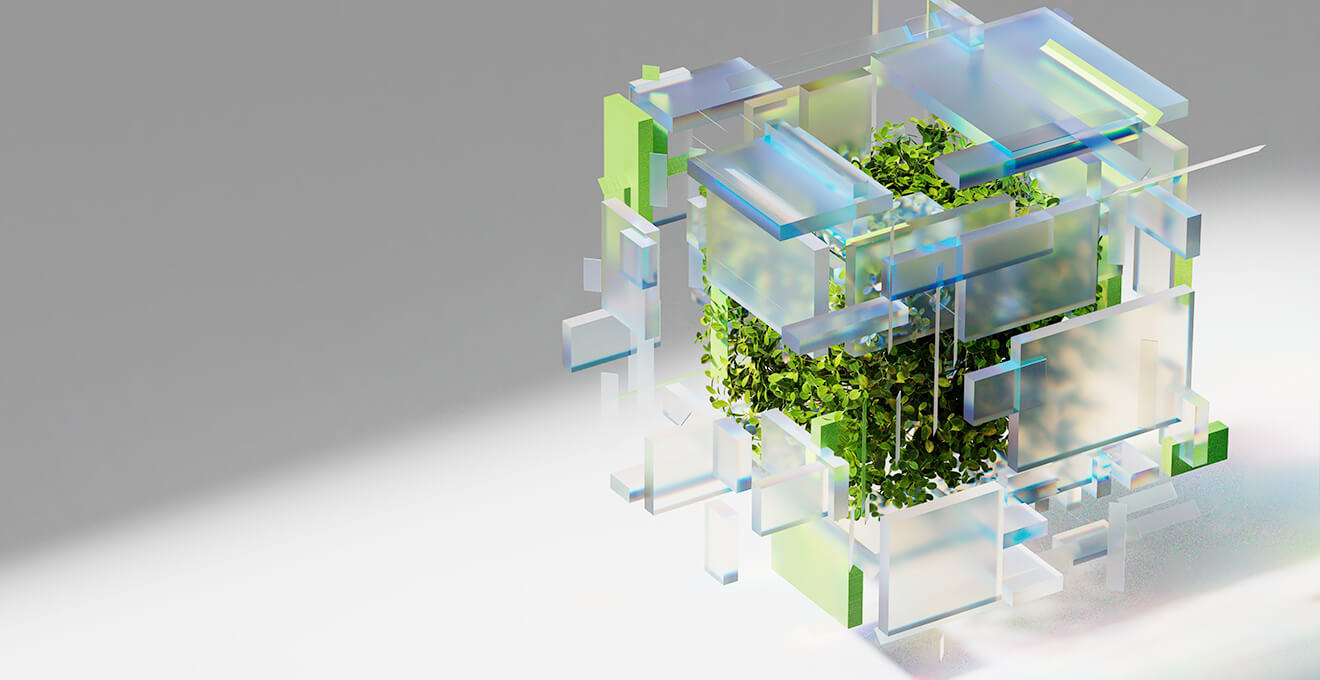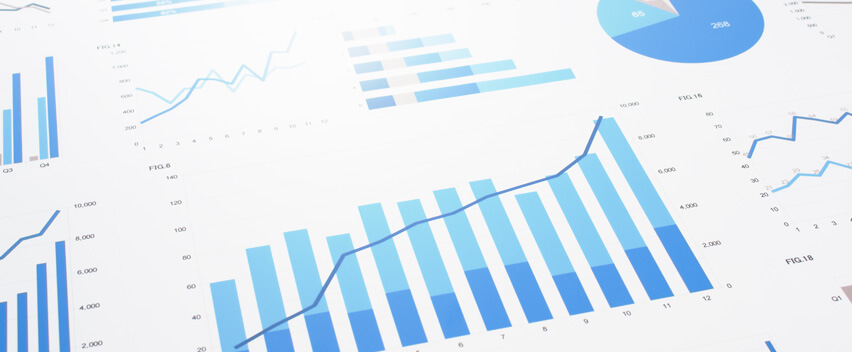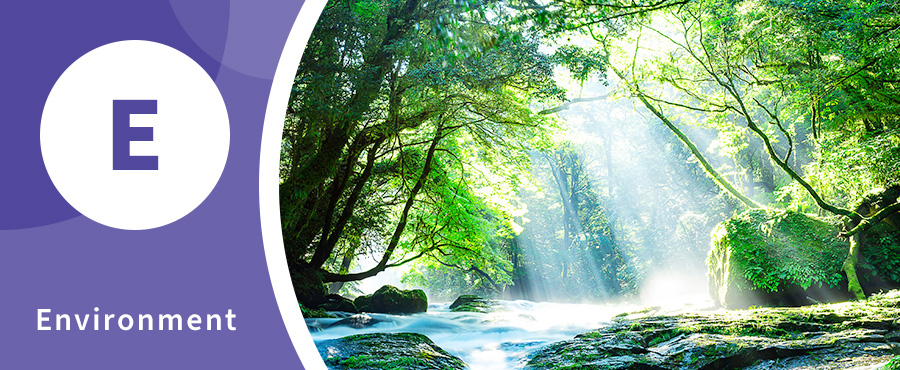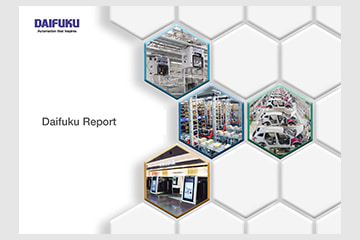Message from the CEO

Under our management philosophy, Automation that Inspires, we will contribute to the realization of a sustainable society through our business activities.
Message from the Sustainability Officer

We will contribute to the realization of a sustainable society by creating the economic and social value we must aim for based on our long-term vision.

Daifuku’s Value Creation
We are enhancing the competitive advantage of our customers while contributing to the advancement of society.
View details
Contributing to the Environment and Society with Our Products
We are accelerating our initiatives focused on the future and contribute to solving environmental and social issues through our products.
View details
Daifuku’s Sustainability
Under our long-term vision Driving Innovative Impact 2030, we strive to create both social and economic value.
View detailsESG Initiatives

ESG Data
Comprehensive overview of environmental, social, and governance data for the Daifuku Group.

Evaluation from Outside the Company
Explains the evaluation and ratings of various activities and initiatives of the Daifuku Group by independent third party organizations.

Sustainability Report
The sustainability information on this website is also available in PDF format.





